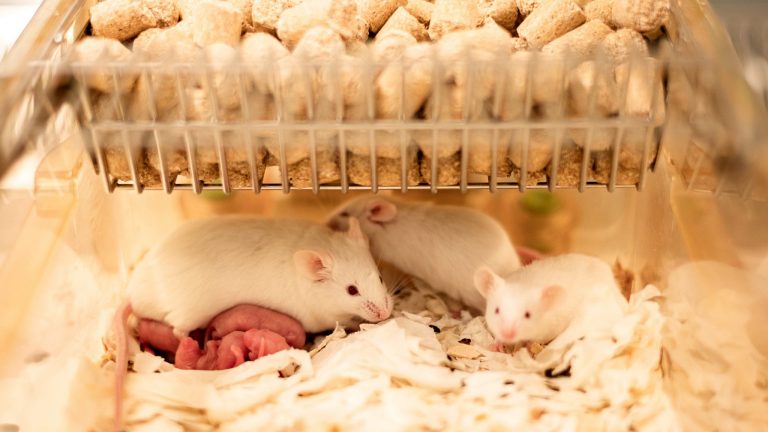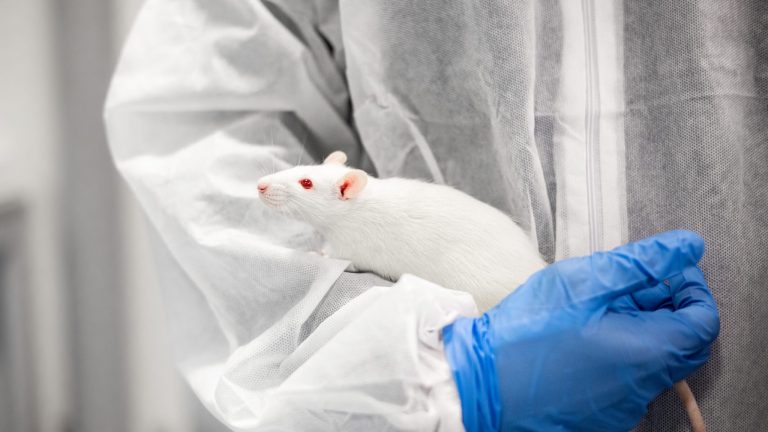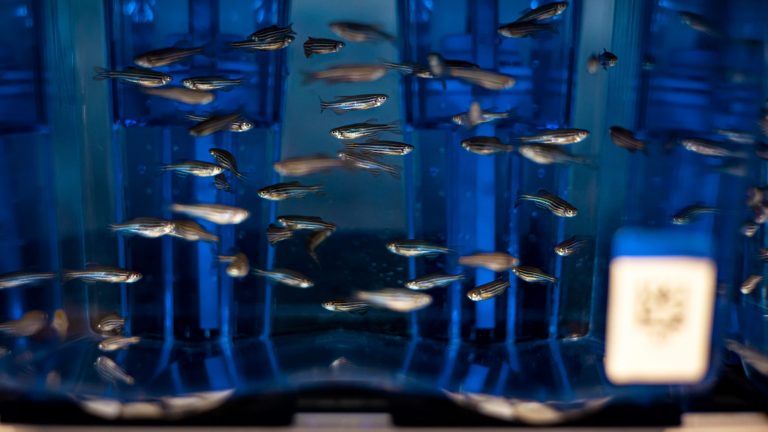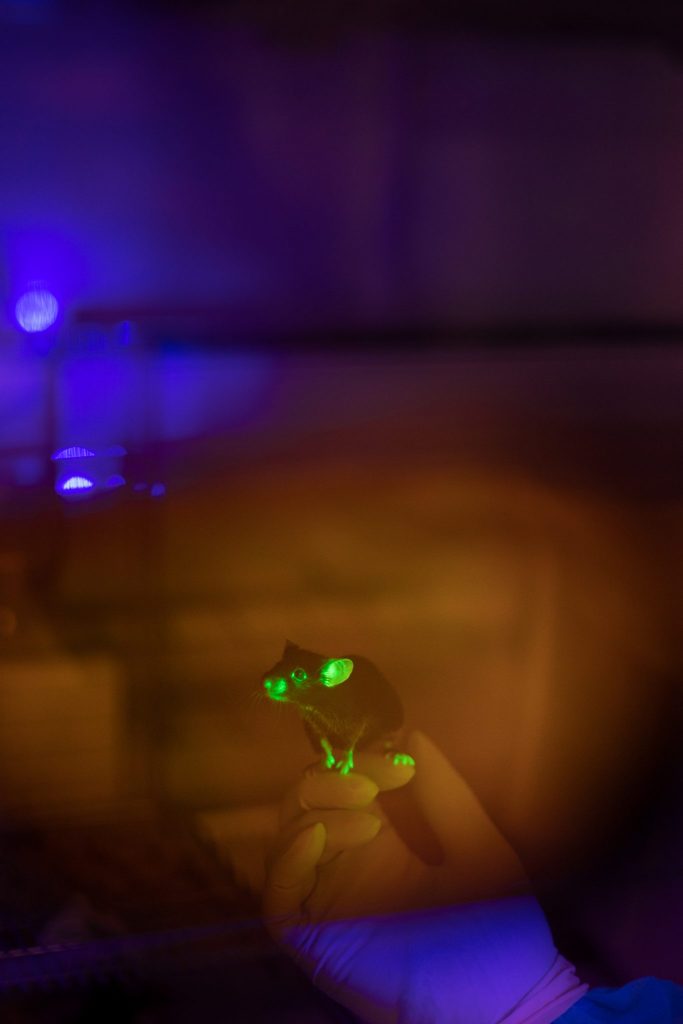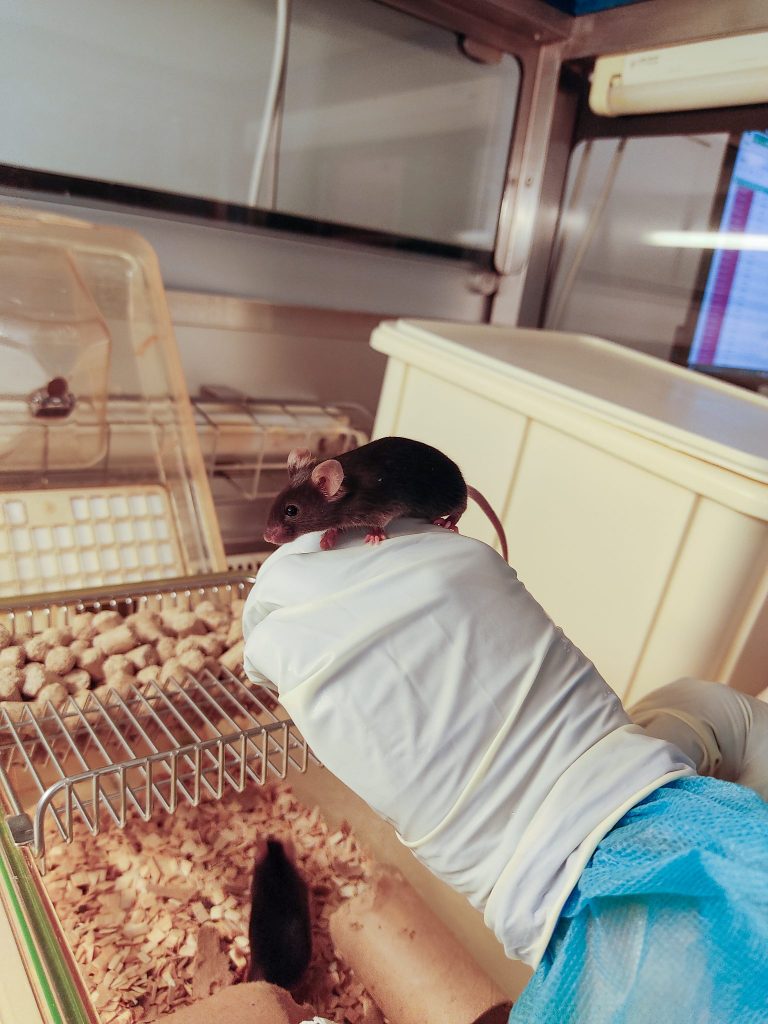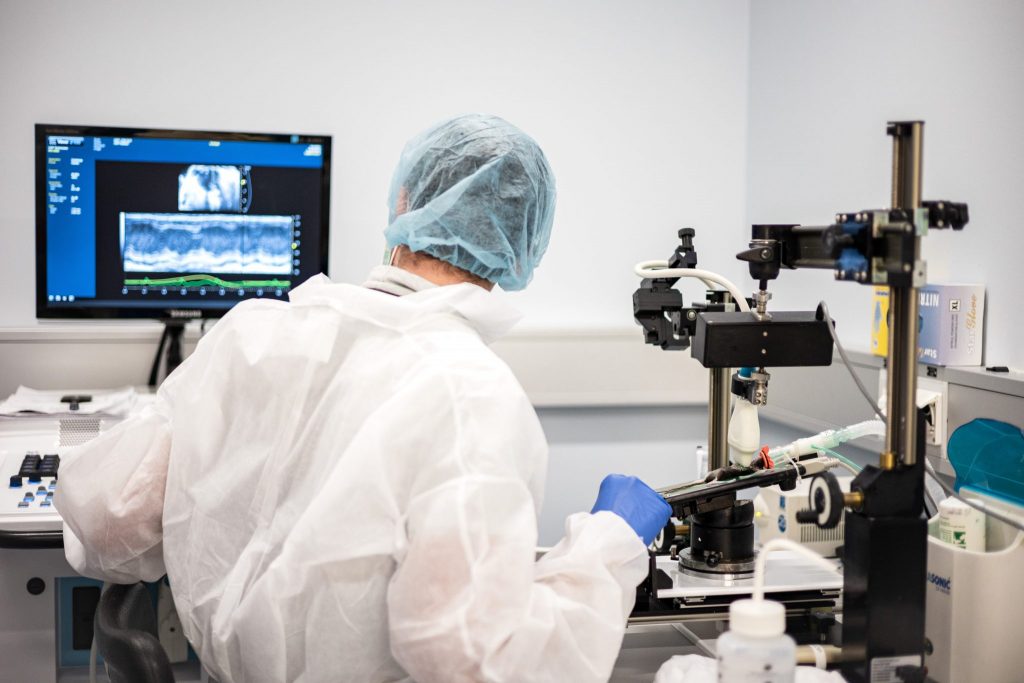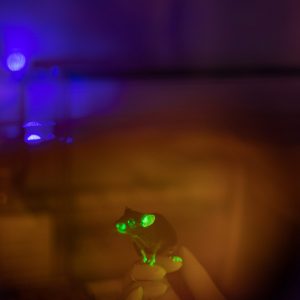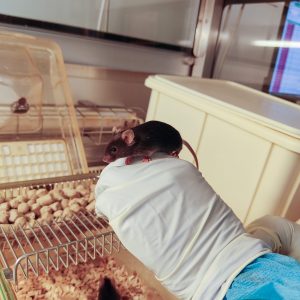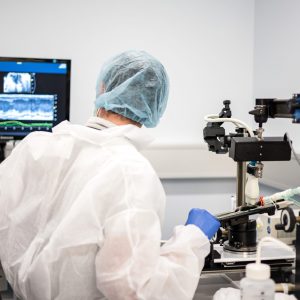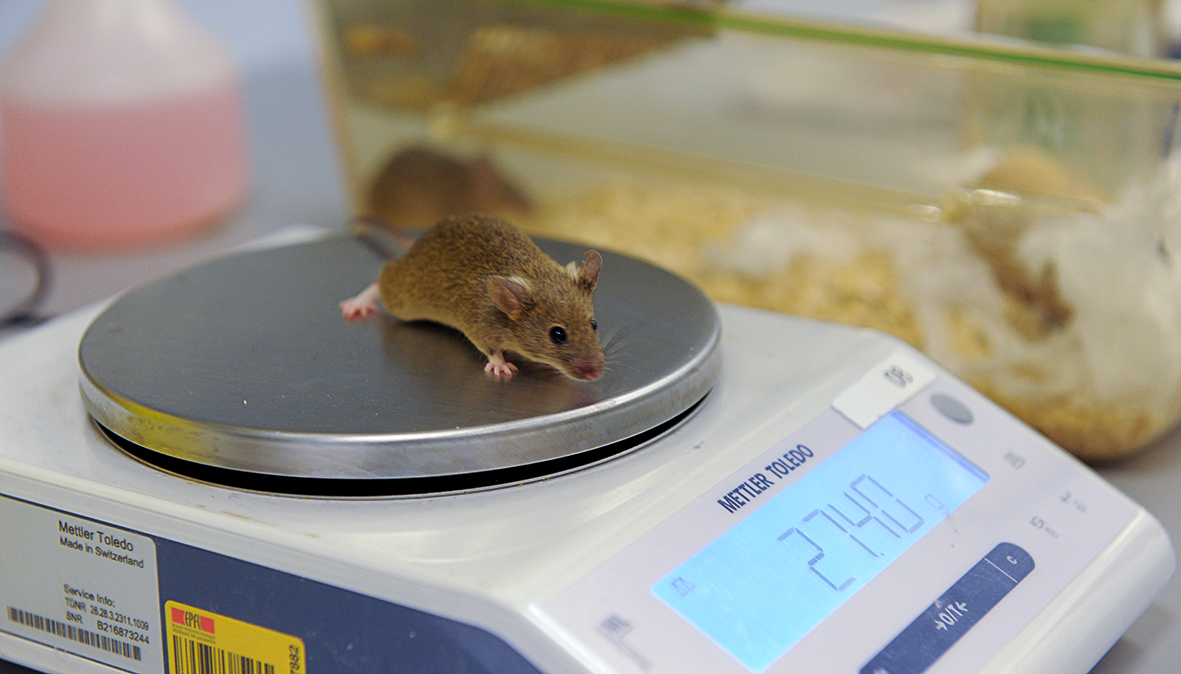
Weighing a mouse at EPFL’s Center of Phenogenomics © Bruno Marquis
Research in key areas of human and animal health requires specific animal models in combination with other approaches (in silico, in vitro). Indeed, the use of animals in research at EPFL is not systematic, while multiple research groups at EPFL are working on replacement models.
Research areas at EPFL requiring animal models
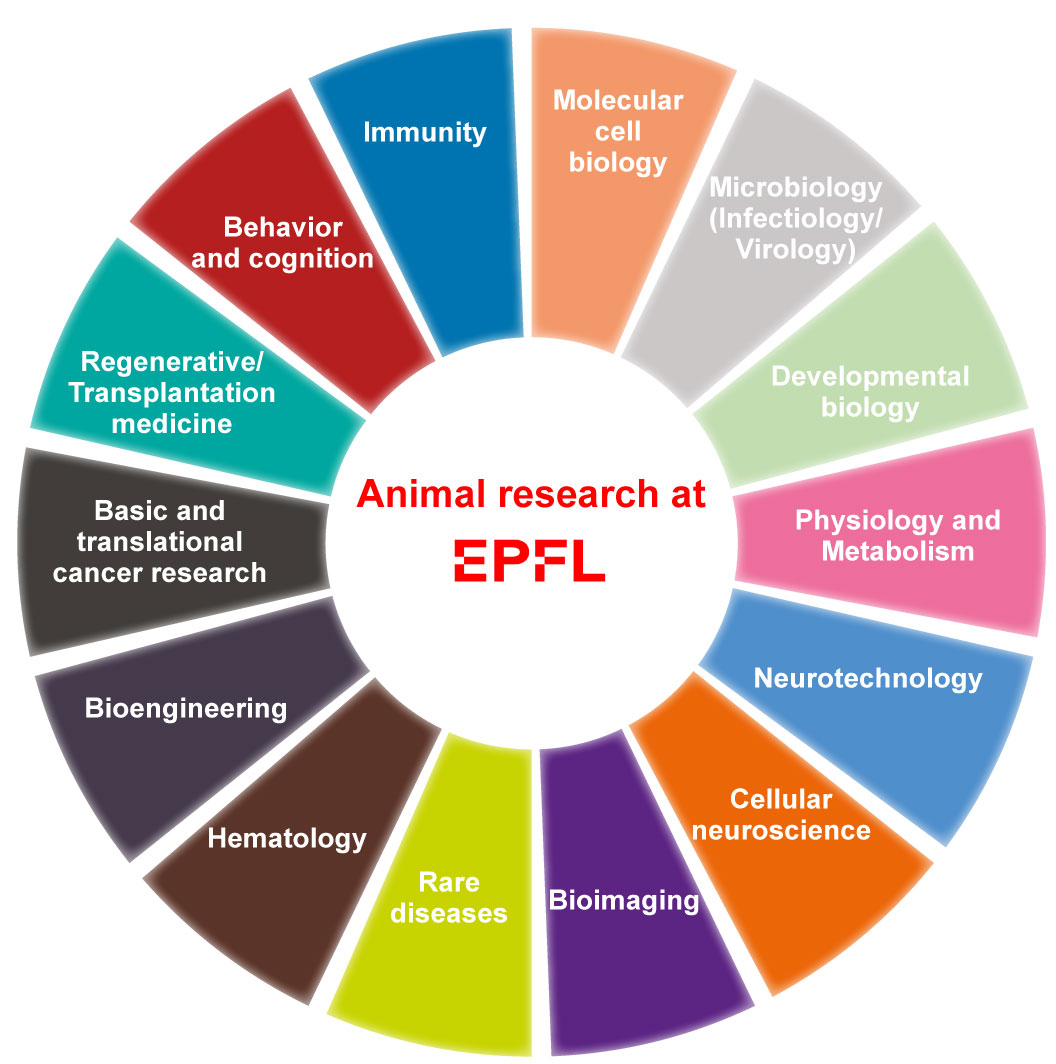
Thanks to animal experimentation, EPFL’s scientists have been able to achieve significant breakthroughs in various domains. Here is a list of the most recent ones:
Species on EPFL Campus
Numbers
In 2023, EPFL conducted research with 29,271 animals, of which 92% were mice. Experiments with primates were carried out in collaboration with another Swiss university.
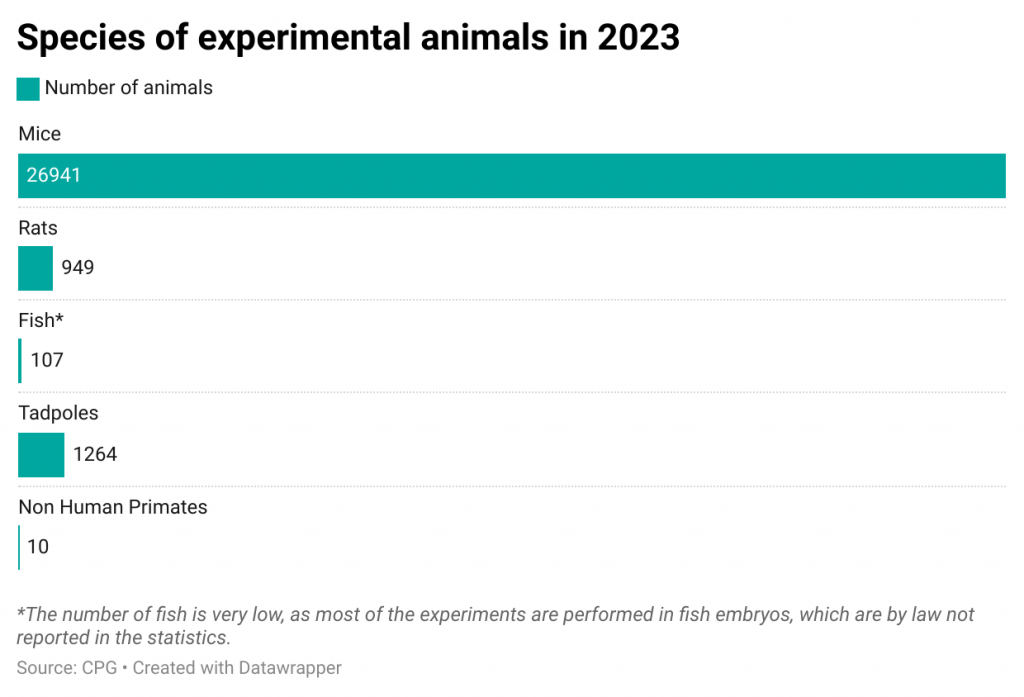
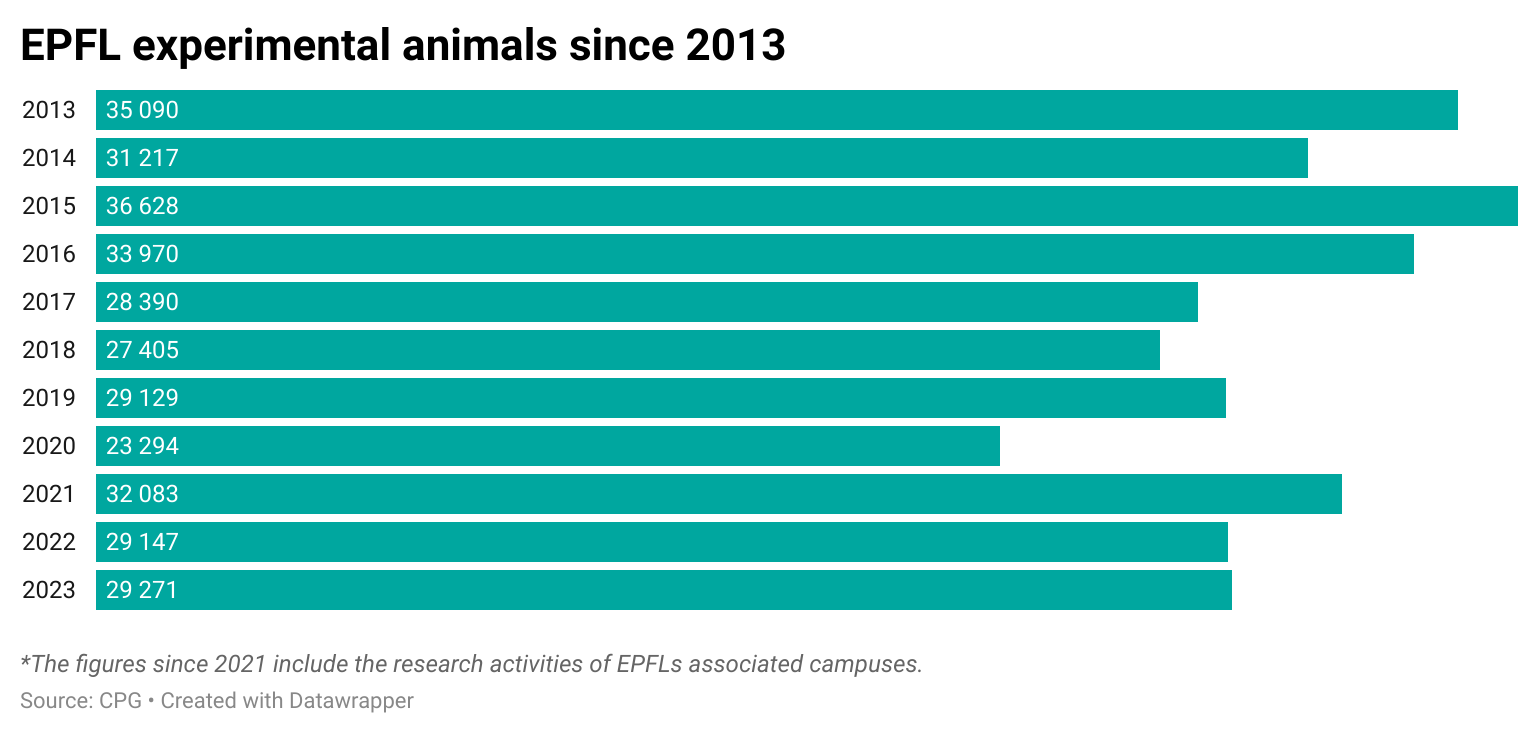
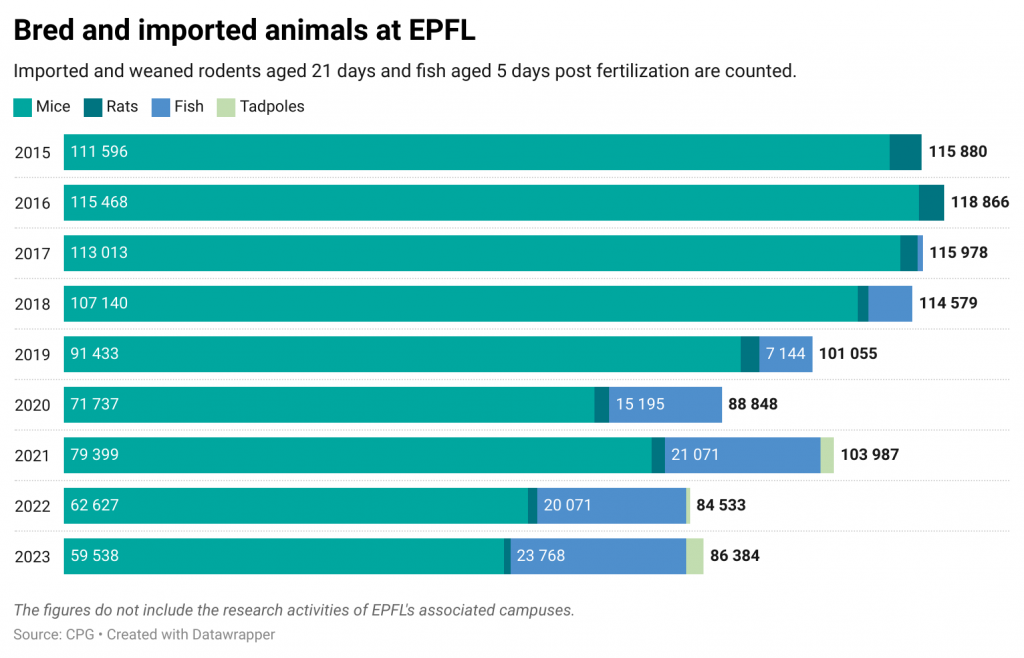
Laboratory animals required by EPFL scientists for research are either imported from certified breeders, or bred within our dedicated unit, on campus. During 2023, this represented 86,384 animals, including 59,538 mice and 23,768 fish. These numbers represent weaned mice, aged 21 days, and fish larvae aged more than five days after fertilization of the eggs.
During 2023, 73% of animals bred and imported to the EPFL were genetically modified. The type of genetic modifications is very diverse, and is, for example, useful to scientists for modelling a specific disease.
41.5% of mice, 63% of rats, 54% of tadpoles and 0.5% of fish weaned or imported to the EPFL were required in experiments during 2023. The largest number of unused animals concerns genetically modified strains, as all the descendants do not inherit the genetic modification or modifications requested by the scientists for their research project. This may also be due to the specific requirement of a particular gender, as with studies on prostate or breast cancer for example. With regard to fish, most of the weaned or imported individuals are kept to preserve a genetically modified line, or for breeding. The majority of research is performed on fish embryos aged less than 5 days, which explains the low number of fish declared for experiments.
We have established three main areas of work to reduce the number of unused animals in experiments to a minimum:
- Continuous improvement of breeding practices, particularly through cross-breeding planning, or cryopreservation of sperm or embryos of genetically modified models.
- An animal adoption program, in collaboration with Swiss Animal Protection. Only non-genetically modified animals can be adopted. At the moment, this program only involves rats.
- Coordination of research projects to consolidate with breeding of genetically modified animals. Additionally, unused animals of the same gender may be redirected to other research groups for their studies, if this can be integrated into their project.
Weighing the potential for animal suffering against the need to learn, discover, and cure is a central concern. The constraints caused by interventions or measures carried out in an experiment are classified according to their degree of severity, ranging from 0 (no constraint) to 3 (severe constraint). It is important to emphasize that the expected benefits to society of animal experiments must be greater than the suffering and violation of the animals’ dignity, as stated in the Swiss legislation. The weighing of interests is established according to a very strict authorization and control process, described here.
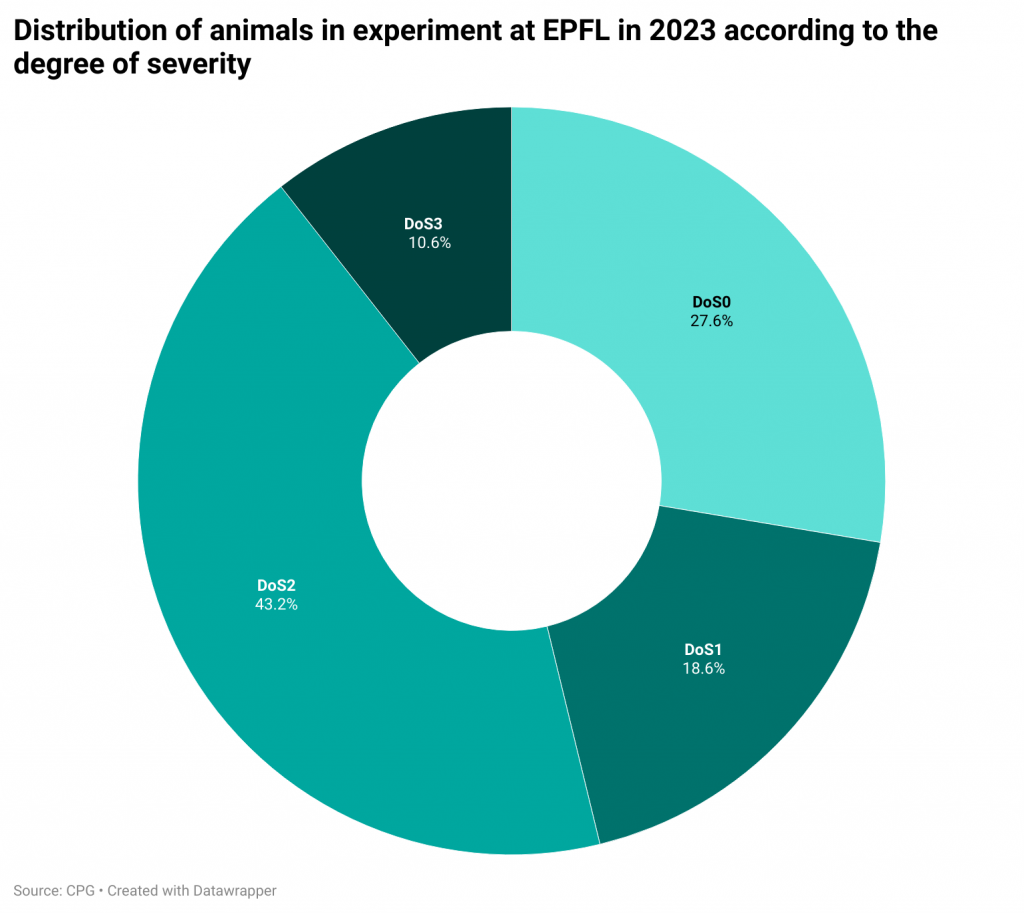
For more information, check the document edited by swissuniversities: Research and animal experimentation in switzerland: degrees of severity.
